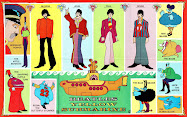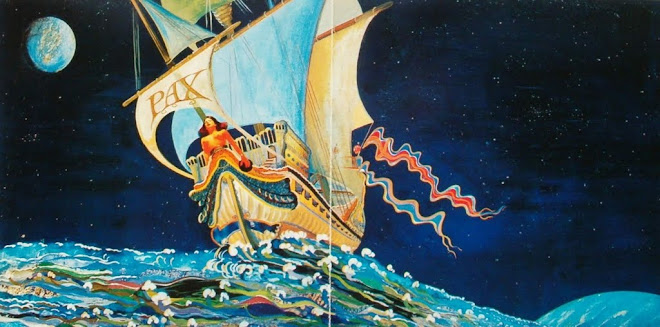By Jeremy Essig - Columbia Business Times Aug 6, 2010
What if vinyl records saved the music industry?
That joke, relayed by Streetside Records manager Nick Soha, has been going around the retail music industry for a few years now. As with any good joke, there lies a kernel of truth — a truth that might help an industry considered on its way to extinction.
With the rise in popularity of compact discs, vinyl records became an antiquated format. Then came the Internet music-sharing craze and online music sales, which further marginalized the old LP format at the beginning of the millennium. Through services such as Apple’s iTunes and Napster, customers could purchase music instantly from the comfort of their own homes. As a result, retail music stores saw a decline in both sales and profits.
However, rumors of the industry’s decline have been greatly exaggerated, said Soha and Slackers manager Kate Passis. Slackers was founded in Columbia in 1993 and has expanded to Jefferson City and the St. Louis area, where it has nine stores. Streetside, part of a national chain of music stores, has been in Columbia since 1980. Although both managers said sales are not as strong as they once were, they also expressed optimism for the present and future.
Streetside Records, located on Providence Road across from the MU power plant, has had one of its best summers in a long time, Soha said. Part of this success, he said, can be attributed to a revived interest in vinyl records.
Vinyl is “a big part of sales now,” Soha said.
Three years ago, Streetside only stocked about 20 to 30 records, Soha said. The medium was so marginalized that one employee, when registering a sale to a customer who brought a vinyl record to the counter, asked when the store began selling calendars.
Since that time, however, vinyl sales have made an epic comeback.
Vinyl album sales are still less than 1 percent of total album sales, but vinyl sales rose from 1.9 million in 2008 to 2.5 million in 2009, a 33 percent increase, according to Nielsen SoundScan, the entertainment industry’s data information system that tracks point-of-purchase sales. (The data doesn’t account for the used vinyl market.)
Preparing for another migration of the younger generation, Passis said Slackers is planning to place a large order of new vinyl to coincide with the return of MU students for the fall semester.
Passis said the Slackers store on Broadway is also helped by a robust trade-in business. During the economic downturn, she said customers might be less likely to hold onto old CDs and DVDs and more willing to trade them in for store credit. Soha said used media is also a strong seller at Streetside, which allows customers to receive either cash or store credit for used items.
Both managers also said video games and an expanding selection of Blue Ray discs have contributed significantly to their stores’ sales totals. The ability to carry video games and Blue Ray next to more nostalgic media such as vinyl provides what Passis said is one of the best aspects of the modern retail music store.
“We don’t sell anything people need,” she said. “We sell what people want, which is great.”
The vinyl revival is also boosting sales of another retro product: the turntable. Sam Jones, an owner of Pure Audio, said national sales of turntables have increased about 70 percent during the past few years.
Jones attributes the increase to a number of factors. Some customers are rediscovering old vinyl that was never made available in digital format. Others have inherited the record collection of relatives and are looking to play songs they heard at family occasions. The younger generation, Jones said, has also become enamored with the nostalgia factor that vinyl provides.
Top Ten Vinyl Albums in 2009
Title Artist Units Sold
Abbey Road……………………………………………The Beatles…………………………34,800
Thriller………………………………………………….Michael Jackson…………………….29,800
Merriweather Post Pavilion …………………….............AnimalCollective…………………….14,000
Wilco…………………………………………………...Wilco……………………………….13,200
Fleet Foxes……………………………………………. Fleet Foxes…………………………12,700
Backspacer………………………………………….....Pearl Jam……………………………12,500
Veckatimest………………………………………....... Grizzly Bear…………………………11,600
Appetite For Destruction………………………….........Guns N’ Roses……………………...11,500
Big Whiskey & The GrooGrux King……….............Dave Matthews Band……………....11,500
In Rainbows………………………………………........Radiohead………………………….11,400
Source: Nielsen SoundScan





.jpg)


